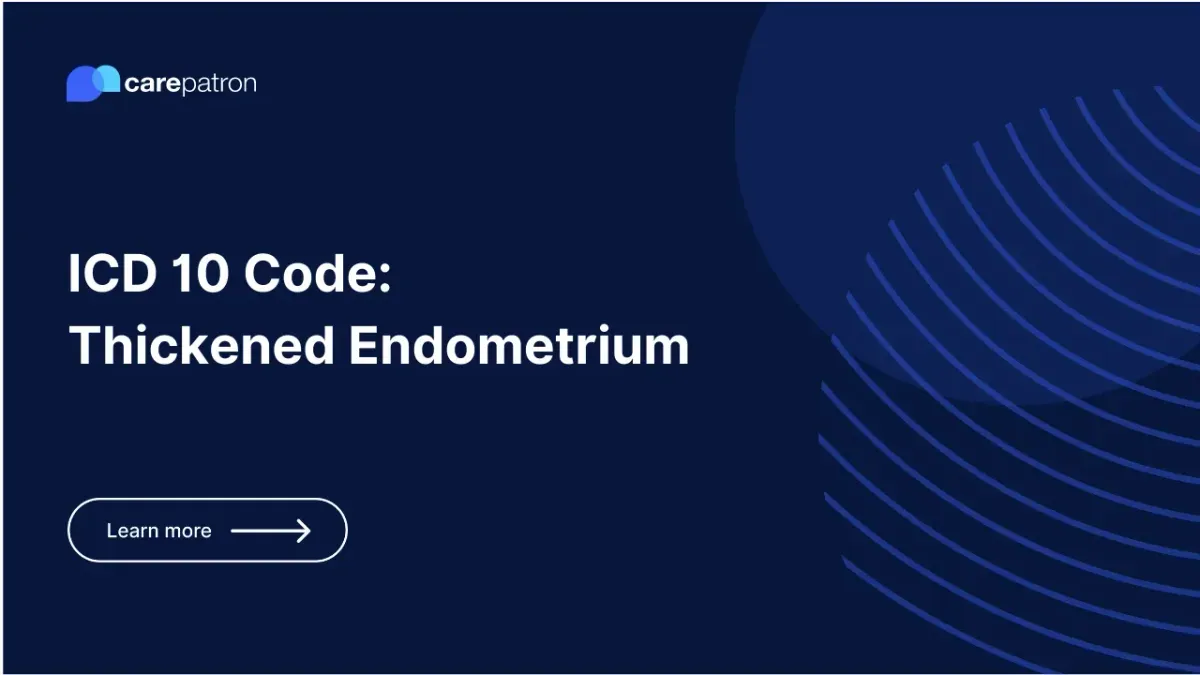
Thickened Endometrium ICD-10-CM Codes
Understand the vital ICD-10-CM codes for thickened endometrium. Includes specific codes, clinical data, synonyms, FAQs, and more.
Use Code
EHR and practice management software
Get started for free
*No credit card required
Free
$0/usd
Unlimited clients
Telehealth
1GB of storage
Client portal text
Automated billing and online payments
